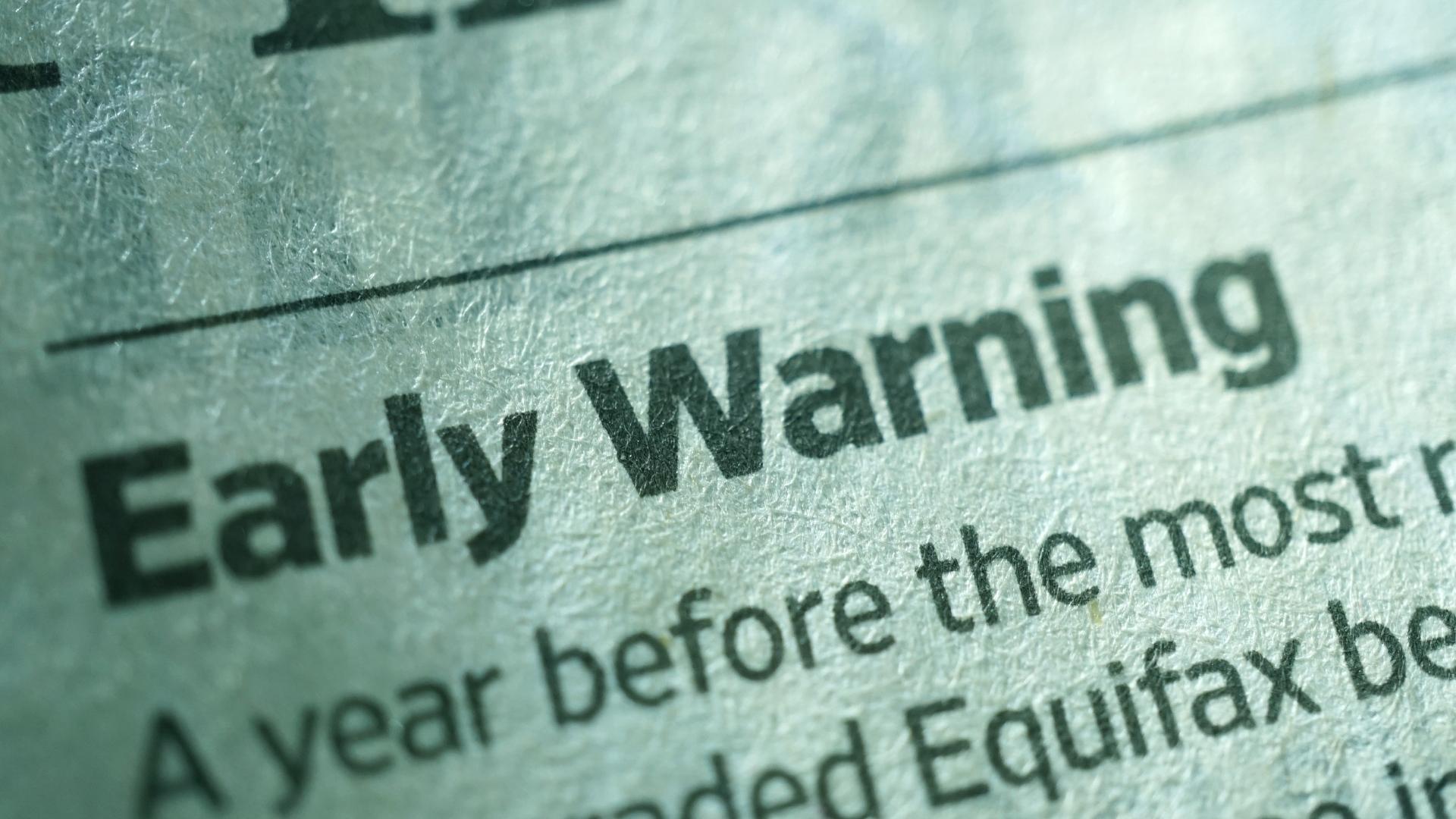TL;DR:
- CAC = Total Sales & Marketing Costs ÷ New Customers Acquired
- Sustainable businesses maintain CAC at 25-35% of customer lifetime value
- Next step: [Calculate your marketing efficiency ratio →]
CAC equals total sales and marketing costs divided by the number of new customers acquired. Most sustainable businesses maintain CAC at 25-35% of customer lifetime value. Your CAC payback period should be under 12 months for healthy cash flow, or under 18 months with strong funding.
$38 to acquire a customer worth $400? Sustainable. $380 to acquire a customer worth $400? You’re racing toward bankruptcy.
The difference between growth and death often comes down to this one metric. Yet most companies either calculate it wrong, ignore payback periods entirely, or benchmark against irrelevant comparisons.
Here’s the calculator and framework that tells you which side of sustainability you’re on.
The CAC formula that actually works

Let’s start with the basic formula everyone uses:
CAC = Total Sales & Marketing Costs ÷ New Customers Acquired
Simple, right? Except most companies miss half their costs and overcount their customers.
The real formula (what to actually include)
CAC = (Marketing Spend + Sales Salaries + Tools + Overhead %) ÷ New Customers
Where:
– Marketing Spend = Ads + Content + Agencies + Contractors
– Sales Salaries = Full compensation including benefits
– Tools = CRM + Marketing Automation + Analytics
– Overhead = If you want “loaded CAC,” allocate ~20–30% of overhead to S&M; if you exclude overhead, label your figure as “direct CAC.”
That “overhead” part? The part everyone conveniently forgets? It’s the difference between thinking your CAC is $100 and discovering it’s actually $150.
Blended vs channel CAC
Blended CAC: Total spend across everything ÷ total new customers. This is your real cost.
Channel CAC: Channel-specific spend ÷ customers from that channel. This is your optimization metric.
Here’s the reality: Channel CAC ignores assist effects. That Facebook ad that gets credit? Email probably closed the deal. Content nurtured them. SEO started the journey. Blended CAC captures the true cost. Channel CAC helps you optimize. You need both.
Time window warning: Calculate CAC monthly but make decisions quarterly. Daily or weekly CAC creates false urgency and bad decisions. Your January spending might not convert until March. Patience beats panic.
The CAC calculator
Simple calculator
Your monthly costs:
- Marketing spend: $_______
- Sales team cost: $_______
- Tools & software: $_______
- Overhead (20% of above): $_______
- Total S&M cost: $_______
New customers acquired: _______
Your CAC = Total S&M Cost ÷ New Customers = $_______
Advanced: Channel-specific CAC
Track this monthly for each channel:
- Spend: $_______
- New customers: _______
- CAC: $_______
- Spend: $_______
- New customers: _______
- CAC: $_______
Organic (SEO/Content):
- Spend: $_______
- New customers: _______
- CAC: $_______
Email:
- Spend: $_______
- New customers: _______
- CAC: $_______
The metric everyone ignores: Payback period
Payback Period = CAC ÷ (Average Monthly Revenue × Gross Margin)
Example:
CAC: $1,000
Monthly Revenue per Customer: $200
Gross Margin: 70%
Payback = $1,000 ÷ ($200 × 0.70) = 7.1 months
This calculation matters more than CAC alone. A $10,000 CAC might be fine if payback is 3 months. A $500 CAC might kill you if payback is 24 months. As we explore in our budget framework, cash flow constraints often matter more than absolute CAC. [See our marketing budget framework →]
CAC benchmarks by industry


Before you panic or celebrate your CAC, understand that context determines everything.
B2B SaaS benchmarks
- Good CAC: $500-1,500
- Enterprise: $5,000-15,000
- Payback period: 12-18 months
The pattern: SaaS accepts higher CAC because of predictable recurring revenue. If the annual contract value is $6,000, a $2,000 CAC works fine.
E-commerce benchmarks
- Good CAC: $25-50
- Premium brands: $100-200
- Payback period: 3-6 months
E-commerce needs a fast payback because of inventory costs and lower margins. Exception: subscription boxes can handle higher CAC.
Professional services benchmarks
- Good CAC: $500-2,000
- High-ticket services: $2,000-10,000
- Payback period: 1-3 months
Professional services often see immediate payback because of high first-purchase value. A law firm might spend $5,000 to acquire a client worth $50,000.
Critical context: These aren’t targets. They’re diagnostics. A $50 CAC for enterprise software is impossibly good (probably miscalculated). A $5,000 CAC for e-commerce is unsustainable unless you’re selling luxury cars.
Bottom line: Your CAC compared to competitors matters less than your CAC compared to your LTV.
The LTV:CAC ratio that actually matters
Everyone talks about CAC. Smart companies obsess over the ratio.
The golden ratios
- 3:1 – Sustainable and profitable
- 4:1 – Very healthy, consider growing faster
- 5:1+ – Likely underinvesting in growth
- 2:1 – Aggressive growth mode (needs funding)
- 1:1 or less – Unsustainable without immediate change
How to calculate LTV (simple version)
LTV = Average Order Value × Purchase Frequency × Customer Lifespan
Or for subscription businesses:
LTV = (Monthly Revenue × Gross Margin %) × Average Customer Months
Example: $100 monthly subscription, 70% margins, 24-month average retention = $1,680 LTV
If your CAC is $420, that’s a 4:1 ratio. Healthy and scalable.
The payback period reality
Different businesses have different payback tolerances:
- B2C companies: Need payback in 3-6 months
- B2B SMB: 6-12 months acceptable
- B2B Enterprise: 12-24 months with funding
The rule: The less capital you have, the faster payback you need
Cash flow kills more companies than CAC. You can have perfect unit economics and still go bankrupt waiting for payback.
When high CAC is actually good

Here’s what most CAC articles won’t tell you: sometimes rising CAC signals success, not failure.
Scenario 1: Market expansion. You’re entering new segments where customers don’t know you yet. CAC naturally starts higher.
What matters: CAC should decrease over 6 months as brand awareness builds. If it doesn’t, the new market might not be viable.
Scenario 2: Competition increase.s Your space got crowded. Ad costs rose significantly. CAC increased accordingly.
What matters: Did customer LTV rise proportionally? If competitors drove up CAC but also educated the market, creating more valuable customers, higher CAC might be fine. Monitor MER to see the full picture.
Scenario 3: Channel diversification. You’re testing expensive channels to reduce dependence on one source.
What matters: Portfolio CAC, not individual channel CAC. If blended CAC stays reasonable while you reduce risk, temporary increases in specific channels are strategic.
Reality check: CAC doubled but so did LTV? You’re fine. CAC up 20% but LTV flat? Problem. This is why CAC without context misleads.
The key question isn’t “Is our CAC too high?” It’s “Is our CAC sustainable given our LTV, payback period, and funding?”
Your CAC optimization roadmap
If CAC is too high, here’s your systematic fix:
Week 1: Channel audit. Calculate channel-specific CAC for everything. Include assist time in your calculation. Identify your worst performers.
Simple rule: If channel CAC > 2x average, investigate. If > 3x average, pause immediately.
Week 2: Conversion analysis. Map your funnel:
- Marketing-to-lead conversion: How do you compare to the industry?
- Lead-to-customer conversion: Where’s the biggest leak?
- Fix the biggest gap first
Often, high CAC is actually a conversion problem in disguise. Fixing landing page conversion from 1% to 2% cuts CAC in half.
Week 3: Retention check. Early churn inflates CAC because you’re replacing customers constantly. Before adding spend, fix the bucket.
If significant customers leave in month one, you’re not ready to scale. Fix onboarding first. [See our optimization guide for detailed audit →]
Week 4: Reallocation test. Shift 20% the budget from your worst channel to your best. Monitor for 30 days. If CAC improves without sacrificing volume, make it permanent. The allocation framework we detail separately shows exactly how to redistribute. [Review your allocation strategy →]
If CAC is very low
Congratulations, you have the opposite problem: you’re likely underinvesting.
Test scaling spend by 30-50%. Monitor CAC and MER weekly. Keep scaling until efficiency metrics decline, then pull back 10%.
Common CAC mistakes that kill companies

The mistakes everyone makes
- Excluding sales costs “Our CAC is only $50!” (Ignoring $100K in sales salaries). Real CAC: $200. This understates true cost significantly.
- Cherry-picking time windows Showing January CAC when you ran a huge sale. Include full quarters for honest assessment.
- Ignoring payback period Perfect CAC with 36-month payback = dead company without funding.
- Comparing across business models Your B2B CAC versus their B2C CAC tells you nothing. Compare against yourself over time.
- Channel CAC worship “Facebook CAC is only $20!” Great, but what about the email nurture, retargeting, and sales follow-up required to close them?
The right way
- Include all costs (even the painful ones)
- Use consistent time periods
- Monitor payback as closely as CAC
- Compare to your past, not others
- Track both blended and channel CAC
Frequently asked questions
Our CAC is $1,000. Is that good?
Depends entirely on your LTV and payback period. $1,000 CAC with $5,000 LTV and 3-month payback? Excellent. With $1,200 LTV and 18-month payback? Unsustainable without funding.
Should we include brand spending in CAC?
Yes for true CAC, no for performance marketing CAC. Track both. “Loaded CAC” includes everything. “Direct CAC” shows immediate response efficiency.
Why is our Facebook CAC so different from platform reporting?
Platforms ignore view-through, assist effects, and returns. They also exclude sales costs and overhead. Platform CAC × 2.5 = closer to reality.
How fast can CAC improve?
Channel optimization: 30-60 days. Conversion improvements: 60-90 days. Structural changes: 3-6 months. Anyone promising overnight CAC improvement is lying.
What’s more important: CAC or MER?
MER for business health, CAC for channel decisions. You need both. MER shows if the whole system works. CAC shows which parts need fixing.
Should we cut high-CAC channels?
Not necessarily. Judge by payback period and LTV ratio, not absolute CAC. A $5,000 CAC might be your best channel if it brings enterprise clients worth $100,000.
How do we calculate CAC for organic/SEO?
Include content costs, SEO tools, and allocated salaries. Divide by customers who first touched organic. Yes, it’s imperfect. It’s still better than pretending organic is free.
What about marketplace or platform fees?
Include them. If Amazon takes 15%, that’s part of your acquisition cost. Same for app store fees, payment processing, etc.
Our CAC varies wildly month to month. Why?
Seasonality, campaign timing, and sales cycles create variation. This is why quarterly CAC matters more than monthly. Smooth out the noise to see the signal.
When should we stop spending on acquisition? When payback period exceeds your cash runway or CAC exceeds LTV. Also when you can’t fulfill more customers. Sometimes operational capacity, not CAC, is the constraint.
The CAC reality check


Now you know your true customer acquisition cost. But the real question isn’t your CAC today. It’s whether your unit economics support the growth you want tomorrow.
CAC is just one variable in a complex equation. You need the right CAC for your:
- Business model
- Funding situation
- Growth goals
- Competitive reality
- Operational capacity
The companies that win understand this nuance. They don’t chase low CAC at all costs. They optimize for sustainable, profitable growth.
Your CAC tells you what growth costs. Your payback period tells you if you can afford it. Your LTV:CAC ratio tells you if it’s worth it. Together, they tell you how fast you can grow.
Want help analyzing your CAC across all channels and building an improvement plan? We’ll audit your current acquisition costs, benchmark against your industry, and identify the fastest path to sustainable growth.
Schedule a consultation to get your personalized CAC analysis and optimization roadmap.









